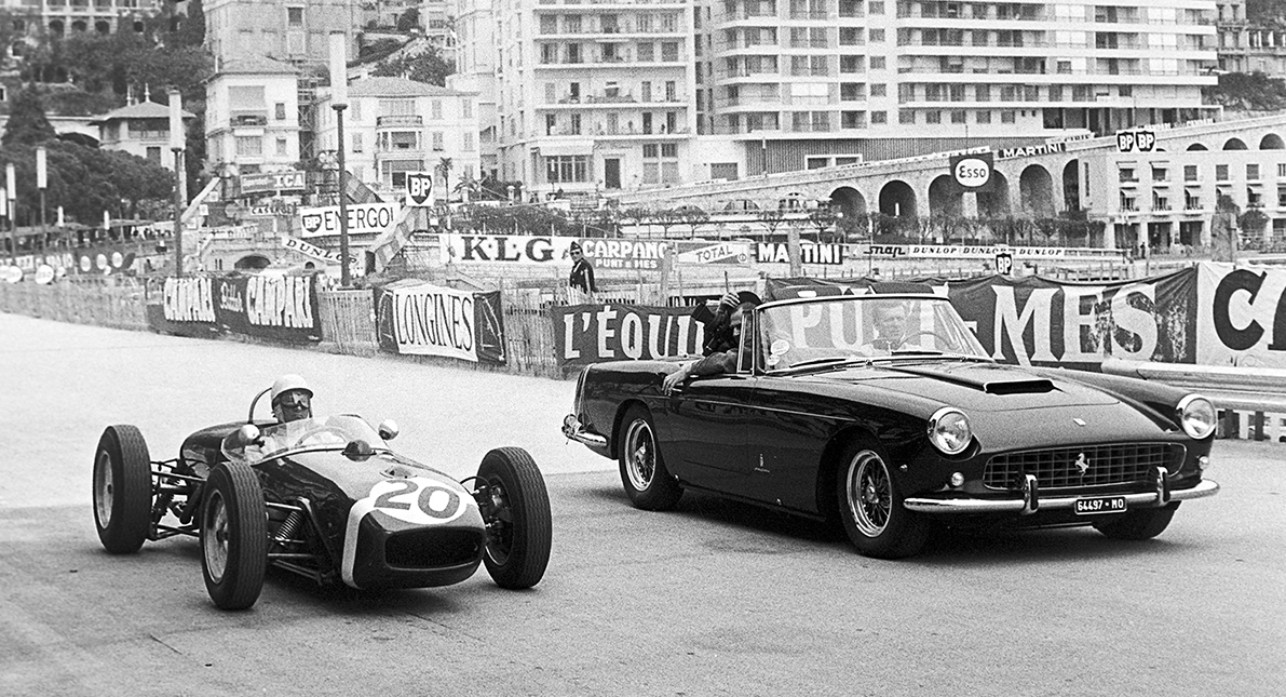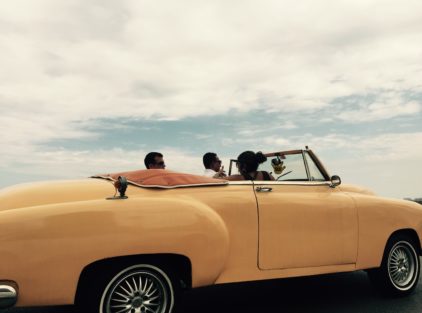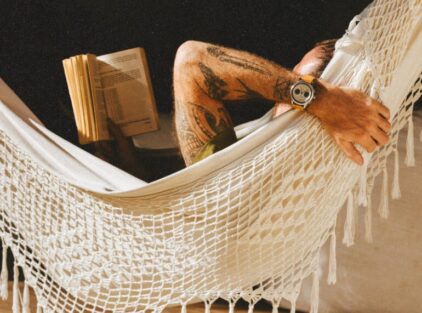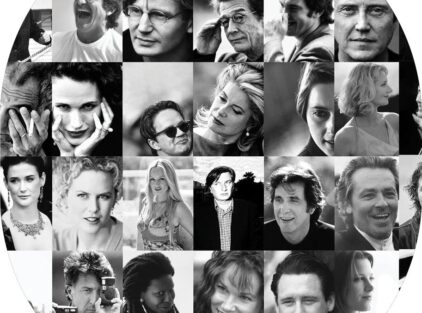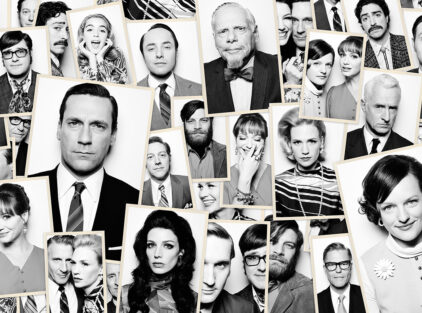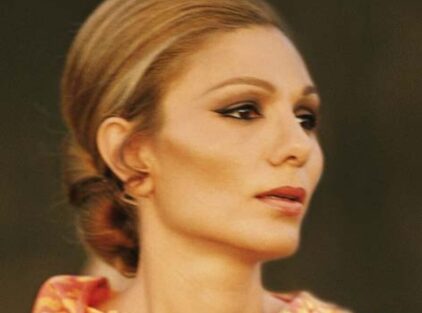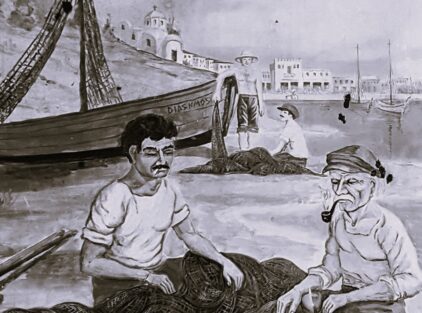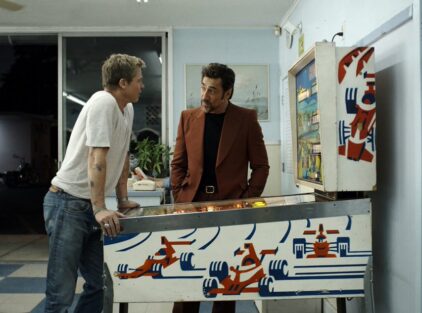του sir Taki Theodoracopulos
Somerset Maugham famously described it as a sunny place for shady people. An imperial Russian admiral once lost his flagship’s funds in the casino, returned to his ship, turned the guns against the principality, and demanded his money back or else. He was refunded within the hour.
Two Greeks, both born in modern-day Turkey, owned the SBM, the company that controls the casino and Monaco’s main hotels, Sir Basil Zaharoff, the merchant of death, and the Golden Greek, Aristotle Socrates Onassis. On February 23, 1865, Le Figaro described a new resort that had sprung up on a very old rock that lay between Nice and Menton as follows: “Monaco is an earthly paradise, a fairytale land.” A certain Monsieur Blanc was the founder of the resort in the mid-19thcentury, although the rock known as Monaco had been ruled for centuries by a piratical semi-noble clan called the Grimaldis. A mere 499 acres, the size of New York’s central park, Blanc and his twin brother were the first to introduce gambling in the south of France. Back then Monaco was a three hour drive by coach to Nice, connected by a narrow road which was frequently peppered with armed highwaymen. Coupled with constant French and Italian saber rattling that threatened war, Monaco was hardly a safe place to buy into for one’s future. But once gambling became legal and a new town was built from scratch – literally – Monte Carlo was suddenly Ruritania – sur – mer, and European aristocracy flocked to the new resort like the proverbial bees to honey.
In the mid 19 century there was no mass tourism like today, the scourge of modern city life. The people who travelled were the aristocracy, the moneyed classes, and that is all. Soon SBM, under Blanc’s guiding hand, built Monte Carlo’s Hotel de Paris adjacent to the casino, modeled on Paris’s Grand Hotel. Café de Paris followed a few years later and soon enough Monte Carlo offered boules, water sports, a marina, four steamboats to ferry guests between Nice, Genoa, and Monaco- and an omnibus to take gamblers to the front door of the magnificent Belle Epoque casino which was at the bottom of a fragrant avenue where mimosa wafted on the breeze of Monte Carlo. Thus Monte Carlo became the first luxury destination resort, freeing its visitors to spend as lavishly as they lived, while they enjoyed Blanc’s carefully crafted experience. As the saying went, rouge ou noir, c’est Blanc qui gagne.
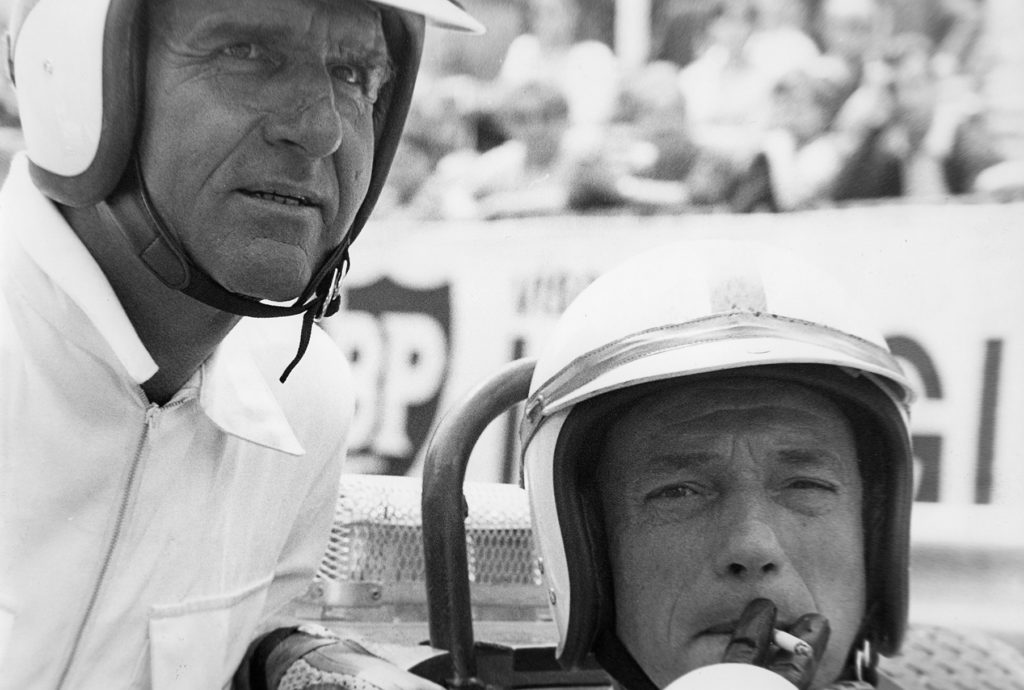
By the end of the world war I, the reigning prince of Monaco Prince Albert was rather broke. He asked the son of founder Francois Blanc’s son Camille for money but it was refused. In stepped Basil Zaharoff, arms dealer extraordinaire, offering the money to the prince and getting shares of SBM in return. Soon after the Blancs were out, the Greek was in, and the Brits knighted Zaharoff and he became Sir Basil. It was as easy as abc.
Then in 1926, Sir Basil suddenly sold his shares and retired to weep over the loss of his mistress and eventual wife, Donna Maria. Tall and thuggish with his Mephistophelian beard, Zaharoff was feared by many. That was not the case of the next Greek to control SBM, Ari Onassis. Short and swarthy, he charmed rather than scare people, and in the mid Fifties of the last century he ended up majority shareholder. That is where yours truly enters the picture.
The first time I laid eyes on Onassis was at New York’s El Morocco, the premier nightclub dinner place in the New York of the Fifties. I was twenty years old and in the company of a beautiful blonde socialite. Onassis sent over Costa Gratsos to ask us to join them. I did and Onassis began to flirt outrageously with my date. That summer of 1956 I first visited Monaco and – as hard this is to believe – the first person I ran into at the Old Beach complex was Onassis, dressed in white trousers, white silk shirt and a panama hat. He gave me some insights to the place, asked me to stay away from the casino, and warned me about the women that hung around the place. He then laughed and said, “make sure you don’t get pregnant.”
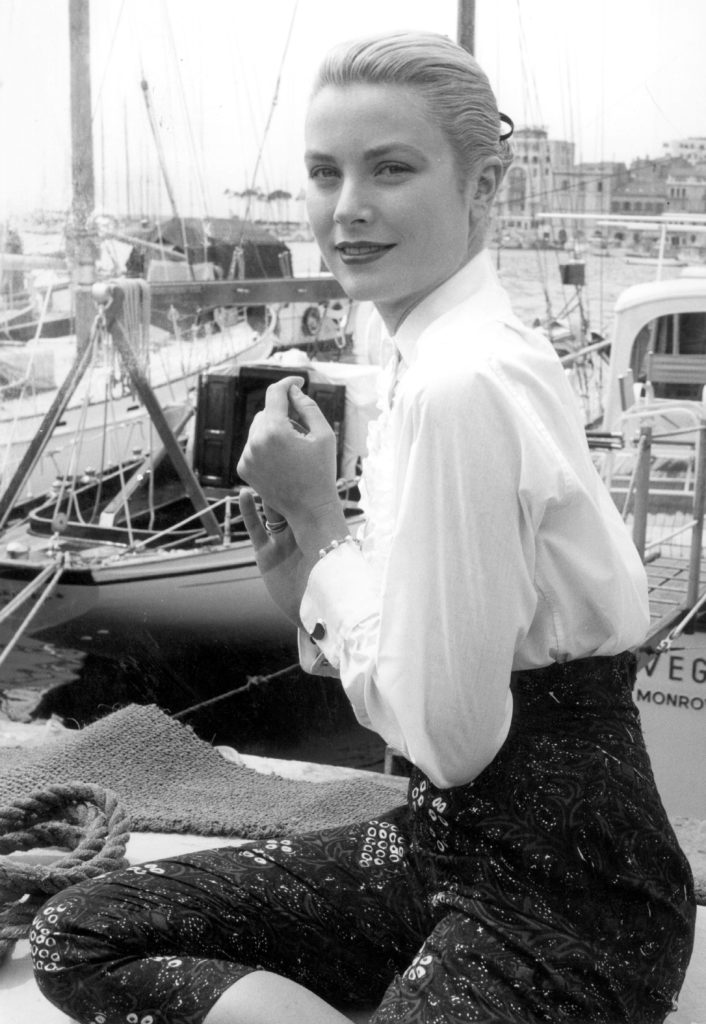
Monte Carlo in the mid 1950’s was at its best. I will never forget that first summer of freedom from school and the inclusion to the glamorous world of high society. I was just twenty. Flush with burgeoning sexuality, heady with the certainty of my ascendancy, the prospect of the future seemed limitless. Life was open to any possibility, and that included beautiful sophisticated women. The place was clearly Ruritania by the sea, a small provencal semicircle around the harbor, with exquisite villas just outside its borders, with cafes and restaurants littering the tiny space and the glamorous summer casino, the Sporting, the meeting point every night for every chic dinner party within the Cannes, Nice and Villafranche area.
The largest and most glamorous villa was La Leopolda, owned by Gianni Agnelli far above Beaulieu, followed by La Fiorentina, and the majestic villa Zamir. The port was crawling with beautiful sailing boats – none of these modern day horrors that resemble fridges on stereoids, but sleek schooners like the Creole, the Agneta, the Zaca, and, of course, Onassis’s Christina. Prince Dado Ruspoli, Umberto Visconti, Yanni Zographos, Jack Warner, Henry Ford, Gianni Agnelli, Dino de Laurentis, Porfirio Rubirosa, were some of the regulars. We met at the Sporting every night and lunched at La Pointe during the day. It was as glamorous as it gets, and then from one day to the next, it became Las Vegas sur mer.
Rainier, the ruling prince, got along with the golden Greek, but it was Onassis who ruled the roost. So after his marriage to Grace Kelly, and advised by some American and Corsican new friends of the bride, Rainier figured out a way to outflank Onassis by issuing more shares of SBM stock, shares that he purchased himself without funds. In other words, it was a hostile takeover but without paying, an old Al Capone trick back in Chicago. Soon after Onassis bought Skorpios and we Greeks began to assemble back in the Ionian and Aegean with our boats each summer. Rainier became one of the richest men in Europe by turning Monaco into a tax exile for shady people, although Somerset Maugham’s aphorism did not match because Monte remained in the shade as skyscrapers shaded the tiny rock from the sun. Soon Arabs and Russians flooded the place, the sea turned gray, security measures were hightened to the extent that Monaco residents became the most surveilled citizens anywhere, even the Gulag.
Never mind. I never set foot in the place anymore because I find it so painful. But I still have the most wonderful memories of those fifteen summers I spent there, and those cannot be taken away, even by illegally issuing more shares of my brain.
Photo Credit: Getty Images/Ideal Image
